Digital Humanities Summer Fellowships
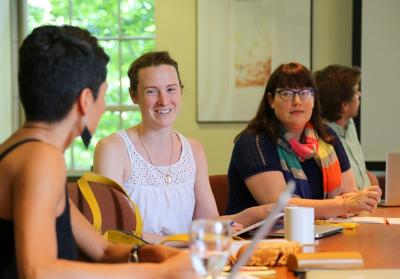
The Simpson Center offers annual summer fellowships for faculty and graduate students to pursue research projects that use digital technologies in innovative and intensive ways and/or explore the historical, social, aesthetic, and cross-cultural implications of digital cultures. The program has three primary goals:
- To animate knowledge—using rich media, dynamic databases, and visualization tools
- To circulate knowledge—among diverse publics
- To understand digital culture—historically, theoretically, aesthetically, and generatively
The Simpson Center gratefully acknowledges the support of a National Endowment for the Humanities Challenge Grant and the Andrew W. Mellon Foundation as well as many donors to the endowment which is underwriting these fellowships.
2025 - 2026 Digital Humanities Summer Fellows
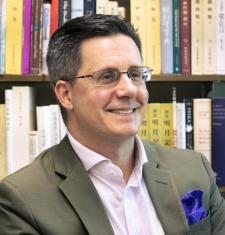
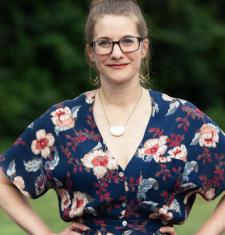
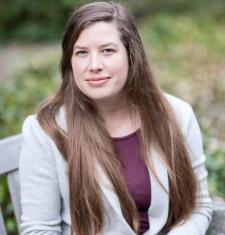
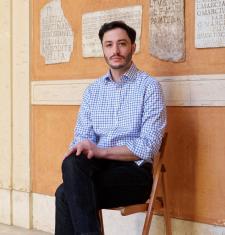
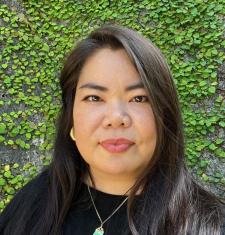
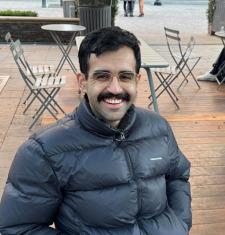

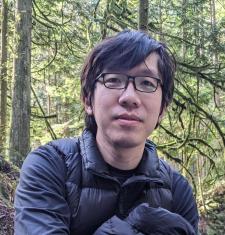
2017 - 2018 Digital Humanities Summer Fellow
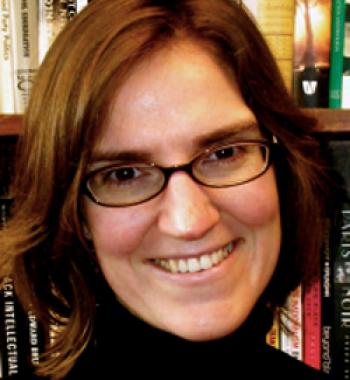
Eleanor Mahoney (she/her/hers)
Mapping Northlake: Seattle’s Hinterlands in Global Perspective
This digital project is a collaboration with Roneva Keel that traces the movement of people, raw materials, and financial capital into and out of Seattle in the decades before World War II. By drawing on an array of historic and archival materials, the project reveals the dynamic relationship between a growing urban center and its hinterlands during a period of social and economic change. Through the creation of interactive maps, along with accompanying text and visual imagery, the project offers a compelling account of residential and work life, as well as capital flows and state action, in the American Northwest during the Roaring Twenties and the Great Depression.